Do-It-All Fishing Lure You Need For The Transition From Winter To Spring
- By: Pat Ogletree
- on
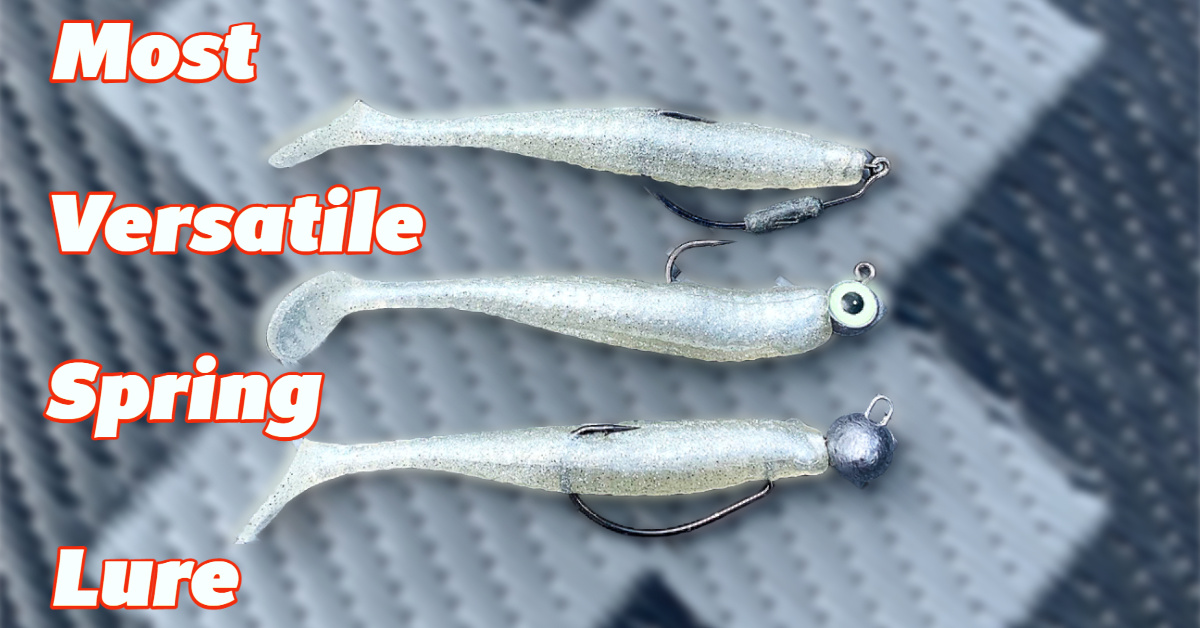
Is there a do-it-all lure that will crush fish as we transition from winter to spring?
Lately, I’ve been seeing lots of anglers in our Insider Community struggling to catch fish.
The fish are on the move and ready to hunt!
Here’s what you need to catch them!!
Do-It-All Fishing Lure [VIDEO]

Featured Tackle:
- Slam Shady Mulligan Paddletail
- Hoss Helix Hooks
- Z-Man Trout Eye Jigheads
- Hoss Weedless Football Jighead
During the wintertime, inshore fish move back into creeks and backwaters.
As cold fronts weaken and the weather warms up, these fish will begin to move out to open water.
However, there are going to be transition zones and periods where it is not as clear-cut as described above.
Oftentimes, nothing is the same in spring.
We’ll sometimes experience a long warming trend followed by back-to-back cooling trends and so on.
This confuses the fish forcing them to stay on the move in search of a comfortable environment.
The most important factor when targeting inshore fish during the springtime is to be VERSATILE.
These fish move and the trends change day by day.
Where you caught fish the day before may not be where the fish are biting today.
You also need to be on the move until you’re able to locate feeding fish.
Top Lure Profiles
One of my favorite ways to search for fish is with a paddletail lure.
The 4-inch Mulligan that we recently added to our lineup of lures is an excellent choice.
It is a middle-of-the-ground size lure that covers all the bases and casts a mile.
Typically, baitfish are on the smaller side in winter.
But I had been fishing with the Mulligan for most of the winter with great success.
A bonus is it also eliminates the smaller fish and attracts the big ones.
Paddletails have built-in versatility and that versatility really shines in the many ways these lures can be rigged.
For example, let’s say your area is experiencing a warming trend so the fish are going to push up into the shallows.
That is when you want to rig a paddletail on a weedless weighted rigging hook.
This rig is best used around structure or grass in 3 feet or less.
But when the fish are sitting just a bit deeper, you should switch over to a weighted jighead to dive deeper down.
We’ve made use of the Z-Man Trout Eye Jigheads for years over here at Salt Strong.
Another bonus with using jigheads is they often are available in different weights.
A pro tip with these jigheads is to order several sizes so you’re prepared for anything and because the eyes are different colors, it makes for quick and easy identification.
Jighead setups are ideal for fishing in the middle of the water column if fish are in-between trends.
Late-season cold fronts can force fish to dive way down deep.
That is when you want to lean on a weedless weighted jighead.
This type of rig is best used directly on the bottom.
You can bounce it along or jig it up and down to attract strikes when the fish are buried deep down in the water column.
Springtime Fry Bait
Not only are paddletails incredibly versatile, but they also are available in different sizes allowing you to effectively match the hatch.
Especially around springtime, fry bait hatches from the backwaters, and the fish know that.
So their diet shifts from the majority of crustaceans to a finfish diet.
Paddletails do an excellent job of imitating fry bait.
Rigging Paddletails
I personally fish out of a kayak and I typically have 3 different rod and reel setups with me.
And I will rig each rod to fish a different portion of the water column.
One setup for the shallows, one setup for the middle water column, and another to get down to the bottom.
That way you are ready to jump in and fish any type of situation without having to cut and retie.
If you only have one or two fishing rods, I recommend you follow the trends closely.
What I mean by that is if we’re on a warming trend, I would go with a lighter setup.
If we’re on a cooling trend, I would go heavier.
The key here is not to be afraid to change when whatever you are doing is not working.
Finding The Fish Help
In order to help make sure that you are targeting the right areas based on the latest feeding trends and upcoming weather forecasts, make sure to use the following 3 resources because they will save you a ton of time.
1. Weekend Game Plans (updated weekly)
These regional game plans will show you exactly what types of spots to target in under 10 minutes… just click the video to start, and you’ll be informed on what to do on your next trip.
2. Smart Fishing Spots Platform (updated every 15 minutes)
This exclusive software literally shows you where the most fish are likely to be feeding based on exactly when you’ll be fishing. It factors in the tides, wind, and weather to help you quickly see which areas to target throughout the day.
3. Community Reports (live feed)
The Insider Community platform is what you can use to see what is biting near you, and you can get to know other members who fish in your area. Plus, you can use it to keep a log of your catches so you can use past trips to help predict future catches.
Related categories:
STOP WASTING TIME ON THE WATER!
Do what the “SMART ANGLERS” are doing and join the Insider Club.
Here’s what you’ll receive today when you join:
- Weekly fishing reports and TRENDS revealing exactly where you should fish every trip
- Weekly “spot dissection” videos that walk you through all the best spots in your area
- Exclusive fishing tips from the PROS you can’t find anywhere else
- Everything you need to start catching fish more consistently (regardless if you fish out of a boat, kayak, or land).

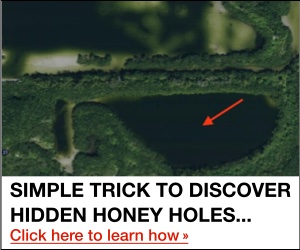


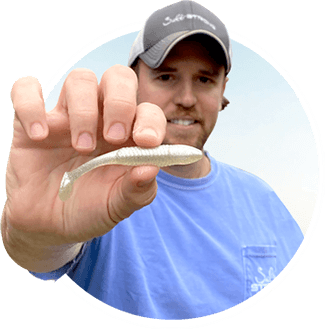
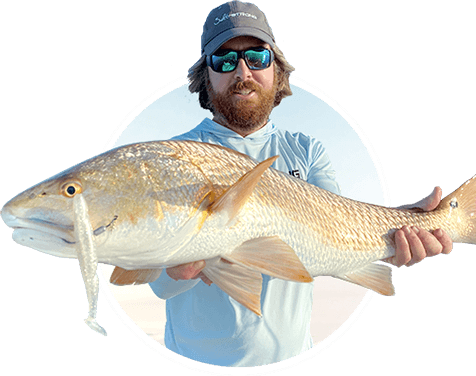
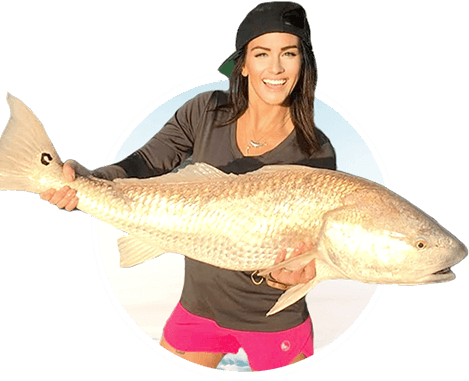
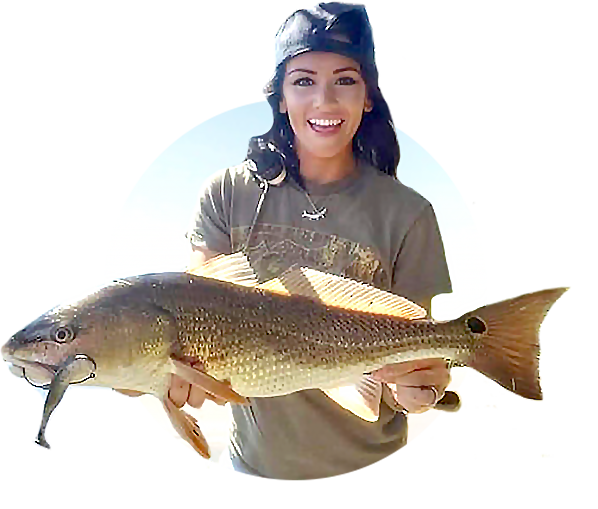
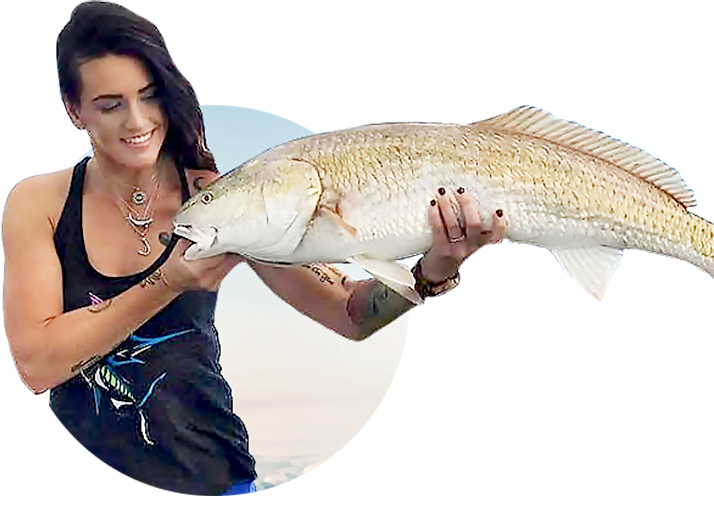

An excellent video, Pat. Have always found your advice to be right on target for us inshore anglers. Thanks again, and tight lines.
Great video Pat! Always great information in your lessons. Thank you!
Thanks for the video pat! Love you take on finding the fish. Very informing vidz brother can’t wait to try out thr mulligan
Thanks for the recommendations Pat.
Great advice on depths and seasons
Great tips Pat! Kind of do that myself also even though I haven’t been having to much luck lately…
I need to get something straightened out in my mind though! When you say (Deeper) water,,,,,,
How deep? What is considered deep for these fish? Reds and Trout..
I mean, I don’t think your talking 7,8,9 feet correct? More like 4-5 maybe?
We get on the water and we get a little confused on HOW DEEP to stop… LOL
Thanks Pat!
Great tips which will save a lot of time searching for feeding or active fish on the water. I will take this advice seriously this spring!
Wisconsin Bob..
Glad you liked it Bob!!
Can’t wait to try it out. thanks
Your idea of rigging for depths is excellent. I frequently get out there in my kayak and realize I don’t have the right lures.
It’s a great time saver!! Thanks for watching!
Great information, as always!
Thank you Steven!